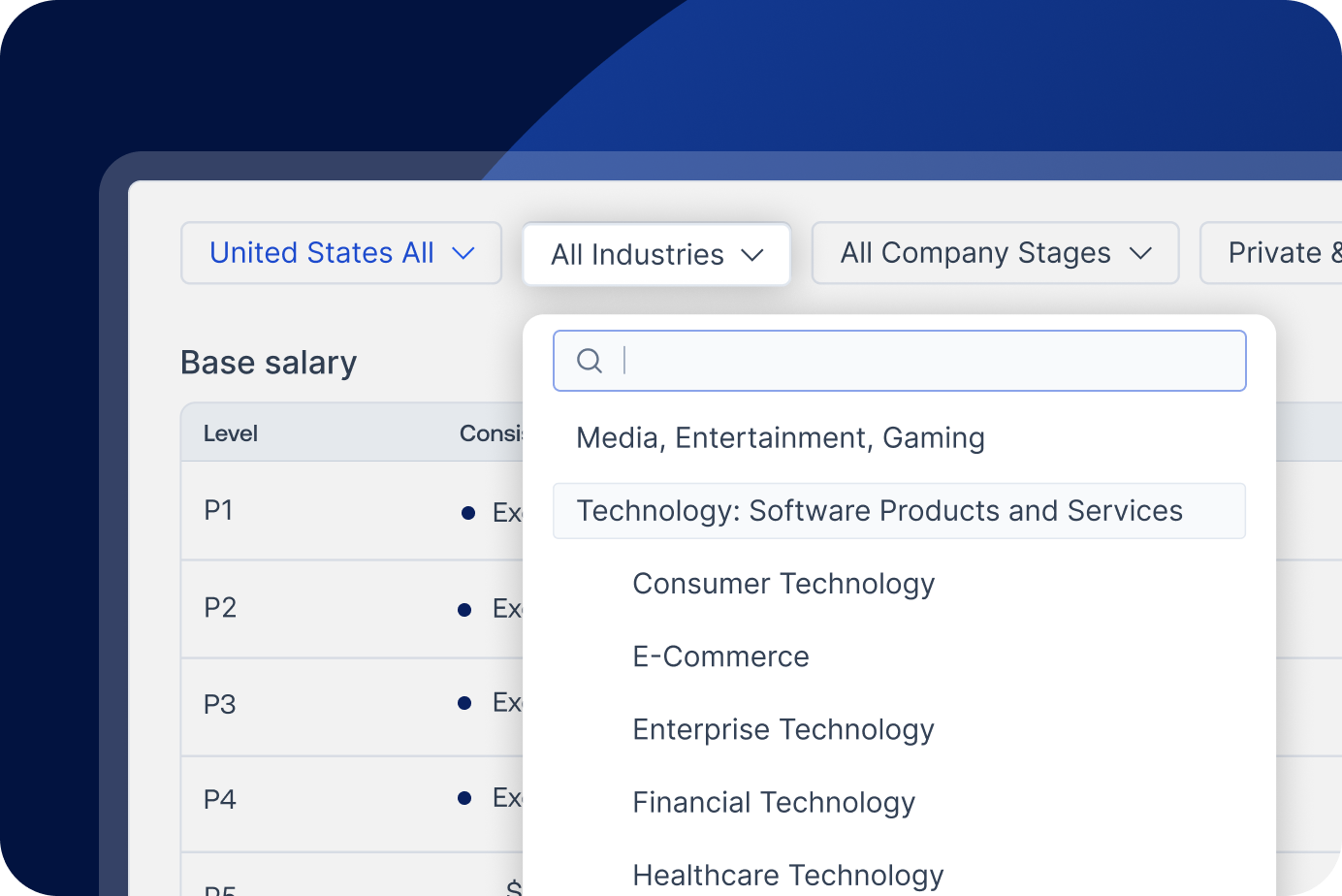Most compensation teams rely on an extensive tech stack—from HRIS systems and ATS tools to equity management platforms and more. Unfortunately, these tools don’t always speak the same language, and data can become siloed in different systems.
Thankfully, APIs (that’s Application Programming Interfaces, for all you non-developers) enable you to connect and unify data and systems. APIs act as translators, allowing disparate applications to interact with one another in a repeatable and scalable way.
APIs open up a world of possibilities to streamline and simplify workflows, which is why we’re excited to announce the launch of the Pave API.
With the Pave API, you can use your Pave data in your favorite analytics solutions, HRIS tools, and more, to make more informed, data-backed compensation decisions.
Meet the Pave API
The Pave API makes it easy for compensation teams to take their data to the places they need it most. Once your engineering team establishes the connection between the Pave API and your other compensation systems, you’re good to go—set up is a one-time process.
Common destinations for compensation data include AWS, IBM, Workday, Looker, Snowflake, Tableau, SAP, and Oracle, but the opportunities are endless. Today, compensation leaders are using the Pave API to run complex data queries, build customizable reports, and execute their merit cycle seamlessly.
3 Pave API Use Cases
There’s so much you can do with APIs—truly, the sky is the limit! Here, we’re highlighting three of our favorite use cases to give you a glimpse into how powerful this tool can be for your total rewards strategy.
1. Run Advanced Merit Cycle Analyses
Merit cycle season is typically a multi-month endeavor that involves gathering market data, aligning with cross-functional stakeholders, and managing employee expectations.
To add to the list of responsibilities, compensation leaders are often asked by their executive team to produce specific and granular reports—and fast. Oftentimes, the best way to address these specific needs is by downloading data from the compensation management tool and then running an analysis in spreadsheets.
Now, with the Pave API, you can easily take all your Pave data and bring it into your business intelligence tool of choice, like Looker, PowerBI, Tableau, or Qlik Sense. Accessible and real-time data enables more seamless and accurate reporting—and allows you to quickly deliver critical budget adherence, cycle timeliness, and cycle effectiveness insights to your leadership team.
2. Write Merit Cycle Changes Back to Your HRIS System
After finishing your merit cycle, you need to put decisions into action. But getting merit cycle changes—like promotions, bonuses, and salary adjustments—into your HRIS system is another process that typically involves downloading CSVs, reformatting the sheets, and uploading them.
With the Pave API, the process is much easier and more secure. You can bring all your critical merit cycle data into your HRIS tool—like Workday, Oracle, or SAP—at the click of a button, so you can run payroll and equity operations effectively.
3. QA Data Quality Issues
In the midst of merit cycles, data issues can happen. With multiple layers of managers and approvers making changes, it’s important to make sure the final outcomes are accurate.
If you're managing data for hundreds or thousands of employees, manually checking each record isn’t possible. But any mistakes must be caught and addressed quickly to avoid negative downstream consequences.
The Pave API makes it easy to write rules and query data to conduct quality checks. For example, to avoid missing sales bonuses, you can create and run a rule that says, “If role equals ‘sales,’ ‘bonus’ should have a value greater than 0. If false, send a Slack notification.”
An easier QA process helps ensure that the data looks as expected.
Use Your Compensation Data Across Your Stack
These three use cases are just a starting point. The possibilities to create more unified and connected compensation workflows are endless.
And getting started with the Pave API is simple. Work with your engineering or development team to establish the initial connection, and continue to reap the benefits. Visit our developer guide for details.
Interested in learning more? Request a demo with the Pave team.
Pave is a world-class team committed to unlocking a labor market built on trust. Our mission is to build confidence in every compensation decision.







